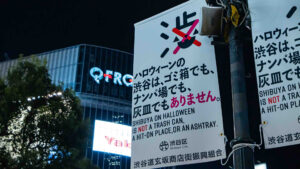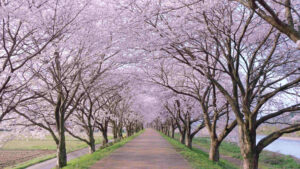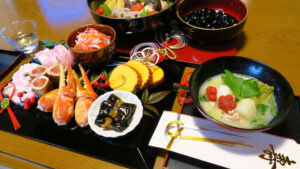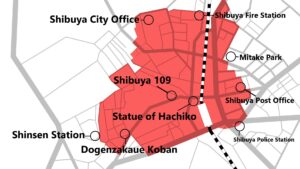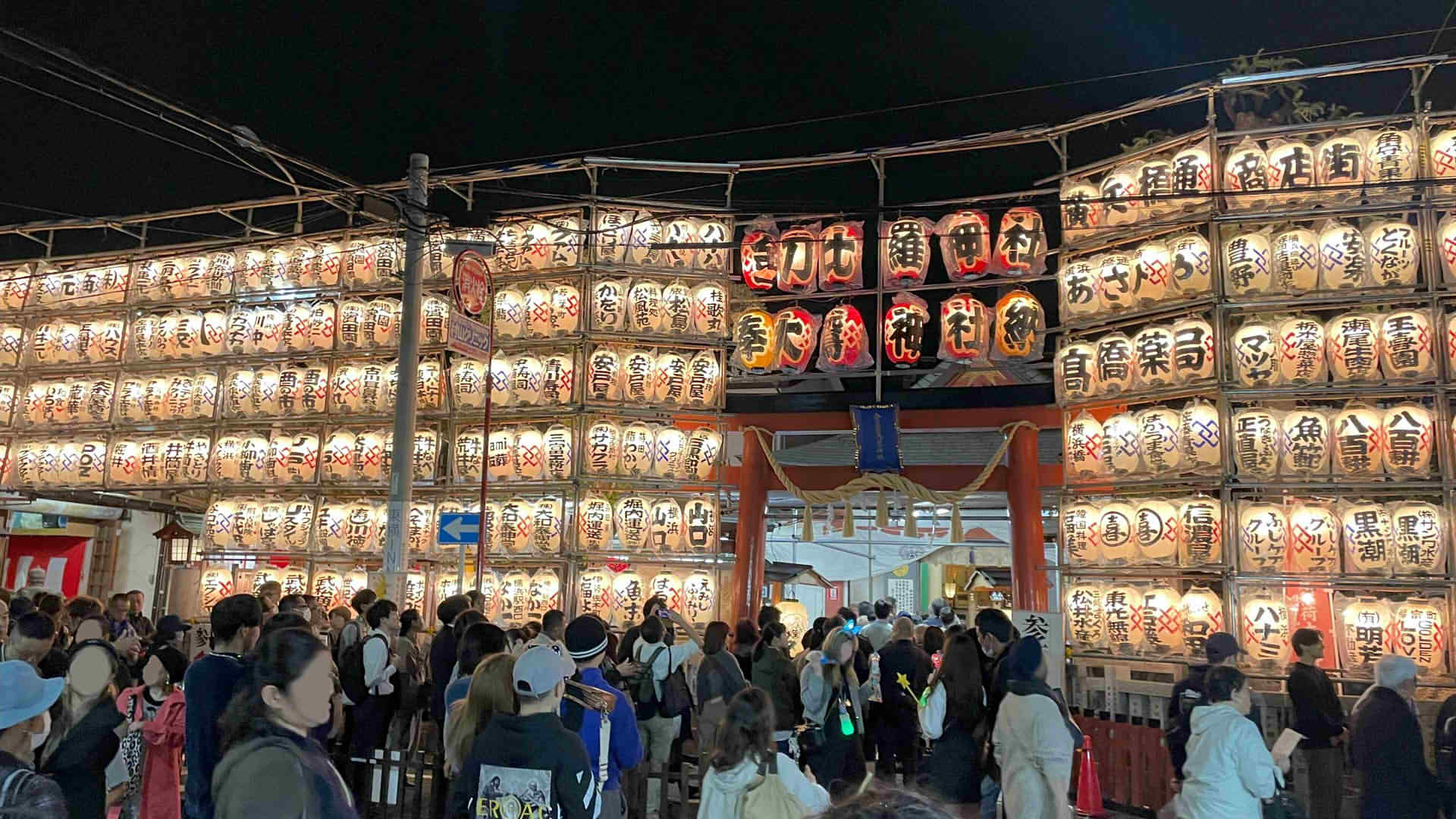
Tori no Ichi (酉の市) is a traditional festival held annually on the Torinohi (Days of the Rooster) in November. This festival, which attracts people praying for good luck and business prosperity, is celebrated throughout Japan, particularly in the Kanto region.
The origins of Tori no Ichi are debated, but a popular theory traces it back to the festival of Oowashi Shrine in Adachi Ward, Tokyo, which enshrines Prince Yamato Takeru. It is said that from the Oei period (1394-1428), a festival was held on the Torinohi (Day of the Rooster) in November, believed to be the anniversary of Prince Yamato Takeru’s death, to express gratitude.
The most famous item at Tori no Ichi is the kumade, a decorative rake sold as a good luck charm. There are several explanations for why the kumade is considered lucky. Some say its shape resembles an eagle’s talons, symbolizing the power to “grasp” good fortune, while others attribute its significance to its use as a farming tool for raking leaves and grains, representing the ability to “rake in” luck and prosperity.
There are certain customs associated with buying a Kumade. It’s recommended to start with a small size for first-time buyers and gradually increase the size each year. It’s also considered stylish to haggle over the price, with the custom of giving the haggled amount back as a tip.
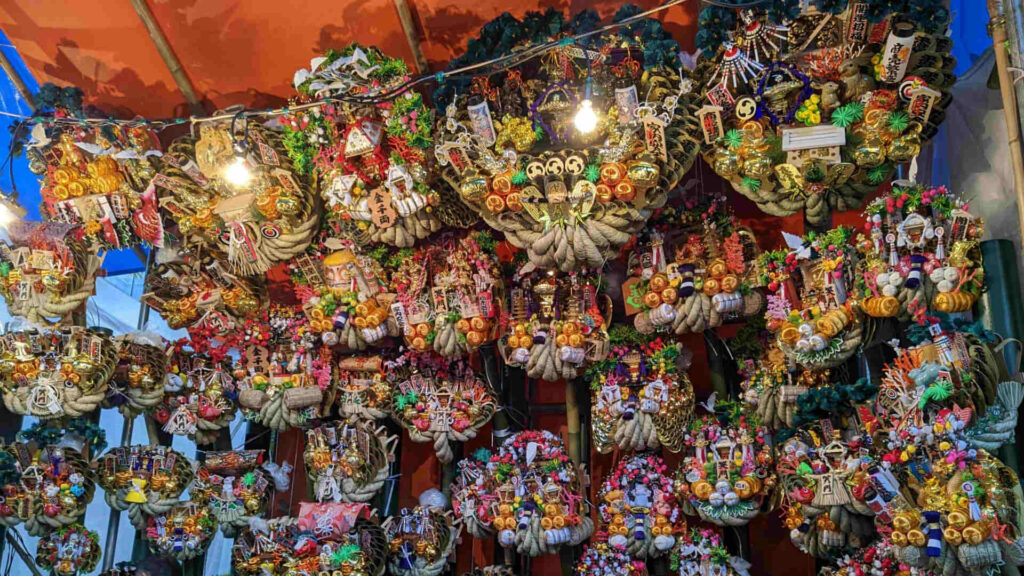
After purchase, the kumade should be carried home held high to rake in good fortune. At home, it’s typically displayed in a high place such as near the household shrine or in the entrance. Besides kumade, other lucky items include “atama no imo” (taro) and “kirizansho” (a type of rice cake).
The three most famous Tori no Ichi festivals in the Kanto region are held at Otori Shrine and Chokoku-ji Temple in Asakusa, Hanazono Shrine in Shinjuku, and Okunitama Shrine in Fuchu. The Asakusa festival is the largest in Japan, with numerous stalls and over 700,000 visitors annually.
Tori no Ichi usually runs for 24 hours, starting at midnight on the Torinohi (Day of the Rooster). There can be up to three Torinohi in November, referred to as “Ichi no Tori,” “Ni no Tori,” and “San no Tori.” In 2025, these days fall on November 12th (Wednesday) and 24th (Monday).
This time-honored festival offers a valuable opportunity to experience Japanese culture and history. Whether you’re seeking good fortune, business success, or simply a chance to immerse yourself in traditional Japanese culture, Tori no Ichi is well worth a visit.

